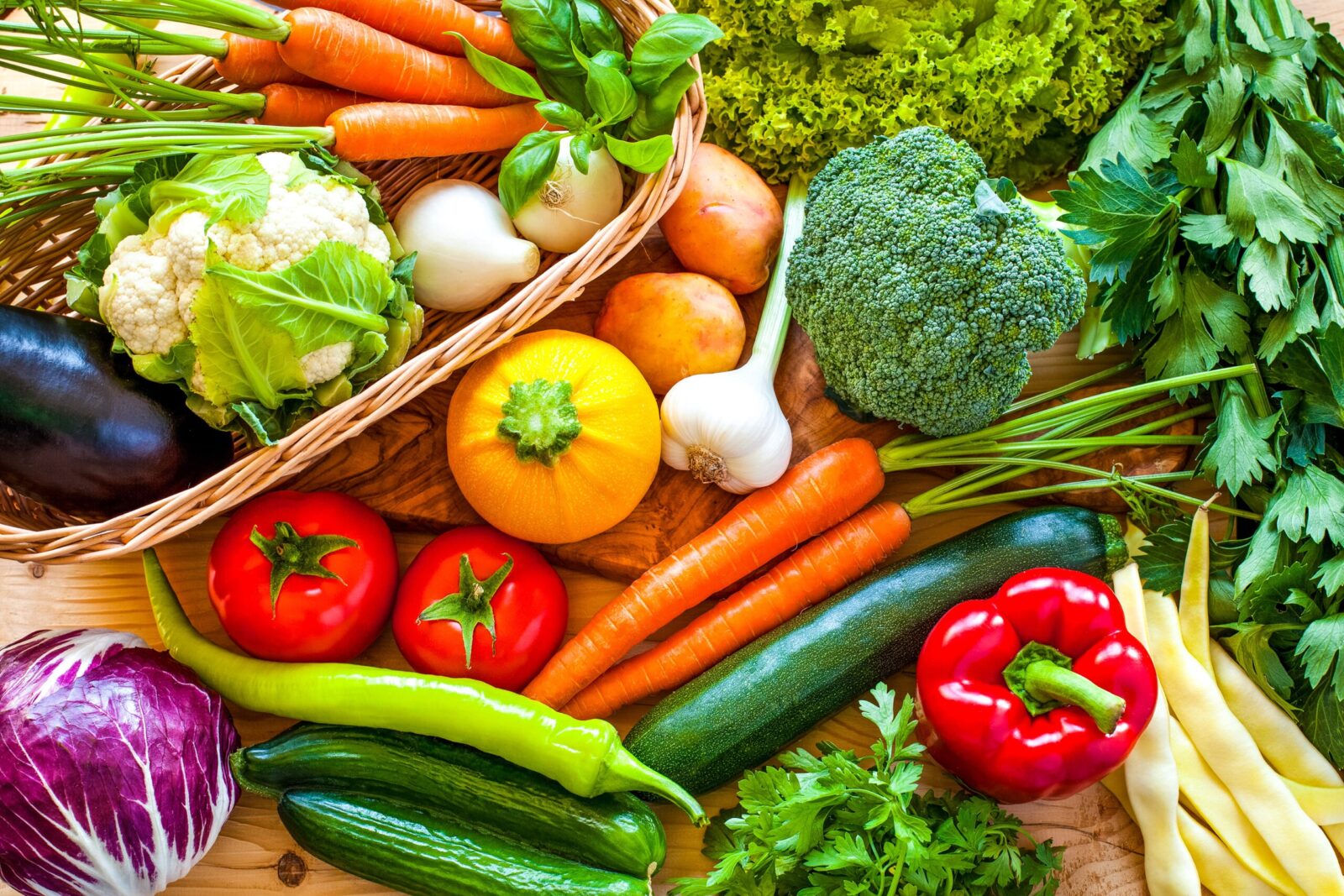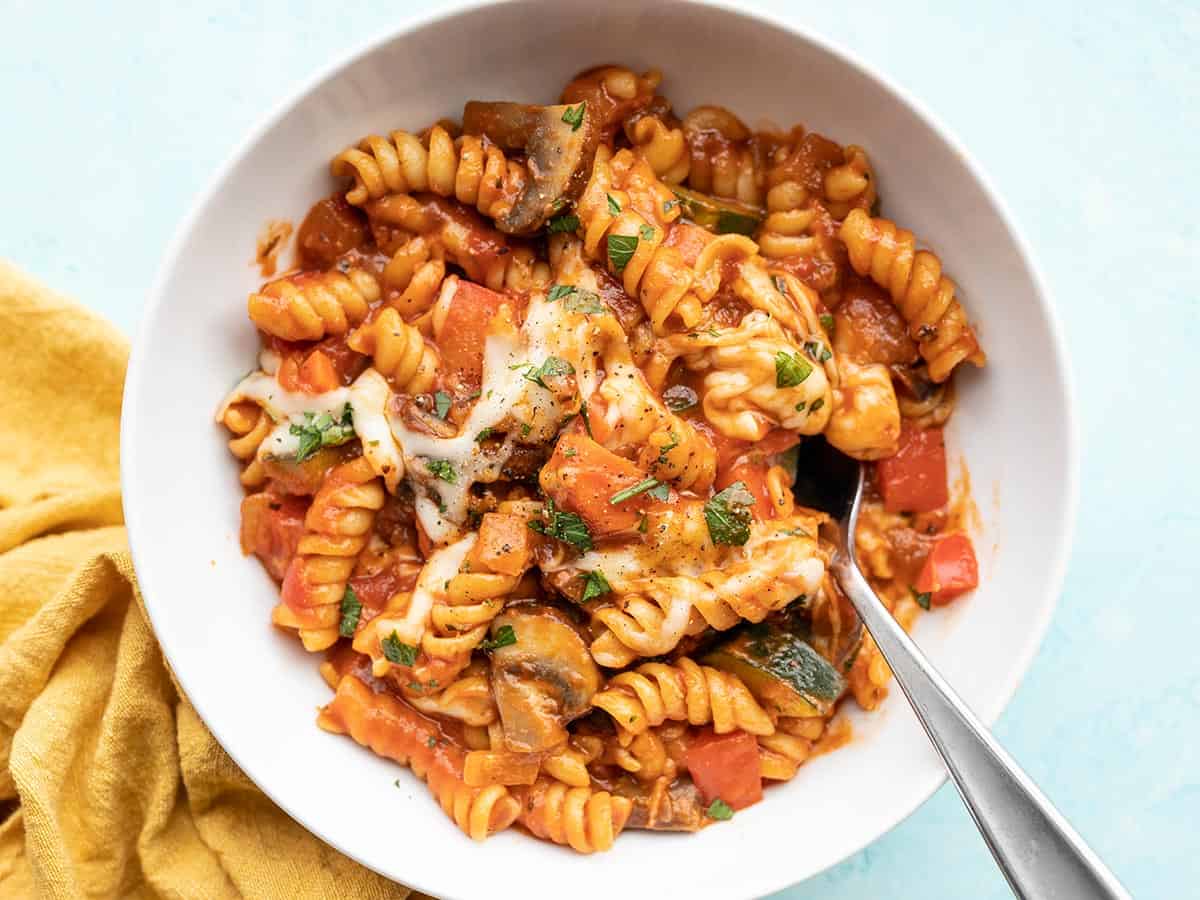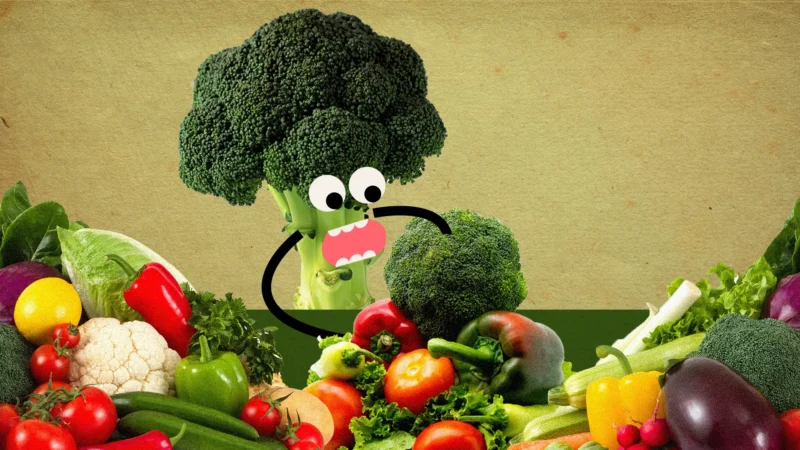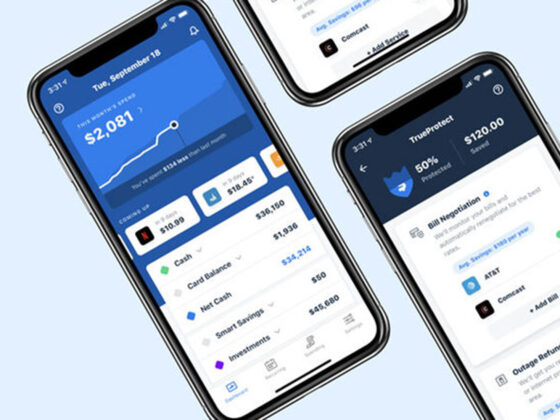Vegetables are a healthy food that can help you maintain a balanced diet. It’s important to eat vegetables in order to get the nutrients your body needs to stay healthy. Here are some tips for increasing your vegetable intake.
The tips to help you eat vegetables myplate is a blog post that provides some simple tips on how to get more vegetables into your diet.
Vegetables are well-known for their health advantages. They’re low in calories and satisfying, plus they’re packed with vitamins and minerals.
However, obtaining your required daily portion may be challenging, particularly if you’re short on time, don’t like veggies, or are feeding a family on a budget!
Fortunately, there are many methods to include vegetables into your diet without having to prepare a large salad or chop vegetables for a stir-fry every night. So, here are a few easy methods to add more vegetables to your diet without breaking the budget!
How to Increase Your Vegetable Consumption Every Day!
1. Use Vegetable Chips instead of Potato Chips
Have you considered this possibility? We all like a crispy snack, so why not try vegetable chips? Chips are a tasty way to get more vegetables into your diet. You may either create them yourself or purchase store-bought versions––just don’t overdo it!
Always read the labels to ensure that the ingredients are clean and that the serving size is correct. Keep in mind that most brands contain about 150 calories per serving while munching on your favorite veggie chips.
2. Store Frozen Vegetables in the Freezer
Rather of purchasing fresh veggies every week, stock up on frozen vegetables. They keep in the freezer for considerably longer––about a year for most vegetables––and are just as healthy. This significantly reduces prep time and enables you to include vegetables into virtually any meal, even at the last minute.
Frozen veggies are convenient in a hurry, but be aware that not all frozen vegetables are created equal. Because some brands include harmful preservatives and salt, it’s important to check the labels before buying a bag at the supermarket. After that, use them into soups, stews, fast stir-fry dinners, and casseroles.
3. Always have vegetables on hand

Always keep carrots, baby corn, cherry tomatoes, snap peas, sugar snap peas, bell peppers, broccoli florets, cauliflower, mushrooms, and cucumbers in your refrigerator. They’ll make it simple to add some additional nutrients to your lunch or supper after they’re chopped and ready. Also, if they are readily available, you are more likely to consume more veggies, so have them on hand at all times!
Feel free to substitute other vegetables if you don’t like any of them or become bored of them fast. In any case, rotating your vegetables is a smart idea since it allows you to vary the nutrients you consume on a regular basis.
4. Make Creamy Vegetable Dressings!
Use your favorite veggies instead of the creamy ranch or Italian dressing, or even your favorite pasta sauce, for a unique twist! Dressings prepared at home enhance taste while also delivering vegetables’ nutritional advantages. Steamed cauliflower or butternut squash, for example, may be blended with garlic, olive oil, salt, pepper, and low-fat Greek yogurt to create a creamy sauce that goes well with pasta or chicken.
This is much healthier than a store-bought dressing or sauce, which is likely to be high in fat and seed oils.
5. Make juices and smoothies
When it comes to smoothies, you don’t have to limit yourself to fruits! Instead, add veggies like carrots, beets, or squash to your favorite blends––they’ll offer a great dose of vitamins and minerals.
Also, try juicing them! Blend celery, pumpkin, or kale in a blender, drain the liquid through cheesecloth, and add to your morning drink.
When your fresh fruits and veggies start to go bad, immediately cut them up and freeze them; you can later utilize them in smoothies without wasting food or spending money on new fruits and vegetables!
6. Serve vegetables as a side dish
Cooked vegetables like cauliflower, broccoli, and cabbage are delicious. Cooking vegetables softens them up, making them simpler to chew and digest. It also enables the veggies’ inherent tastes to shine through, as well as the opportunity to season them to your preference, increasing their flavor even more.
Instead of rice, pasta, or potatoes, serve them as a side to your favorite meal. You’ll get enough of nutrients while reducing your calorie intake for a supper that’s good for your waistline.
Steam your vegetables while you’re preparing other things on a two burner stovetop steamer or steam them in the microwave for fast service.
This is a fantastic method to save money on groceries as well! Consuming more veggies and reducing your meat consumption can help you save money fast.
7. Vegetables in Pasta and Casserole Dishes

It’s considerably faster to toss vegetables into spaghetti and casserole recipes than to cook them separately. This boosts the nutritional value of your favorite comfort meals. You won’t even notice the corn can or broccoli shards in your mac and cheese.
We’re all aware that we should be eating more veggies on a regular basis. Hopefully, these pointers will make it simpler for you to stick to your plan and encourage you to eat your vegetables!
8. Make Huge Soup Pots
Everyone knows how much I like soup! Soups are generally inexpensive, and you may prepare them using whatever seasonal vegetables are on sale at the time. So stuff them with veggies and eat them up! Make and freeze soup pots to have on hand as a fast supper option and eliminate the nagging “what’s for dinner tonight?” issue!
Don’t allow your eyes dart down and skip straight past the veggies the next time you’re in the grocery store. More vegetables in your diet may enhance your diet; perhaps, these suggestions will help you eat more vegetables and obtain more veggies in your diet!
The how to eat a variety of vegetables is a blog post that gives tips on how to get more vegetables into your diet.
Frequently Asked Questions

What are the 7 tips to get more veggies in your diet?
Eat more vegetables, drink more water, try to avoid processed foods, exercise regularly, eat less sugar and salt, dont skip meals and make sure youre getting enough fiber.
What are three tips for eating vegetables in your diet?
Three tips for eating vegetables in your diet are to eat them raw, cook them with salt, and eat them when theyre in season.
How can I eat more vegetables when I hate them?
Im sorry, what was your question again?
Related Tags
- how to eat vegetables when you hate them
- how to eat more vegetables without eating salad
- how to eat more vegetables for breakfast
- eat more vegetables meal plan
- how to eat more vegetables uk


